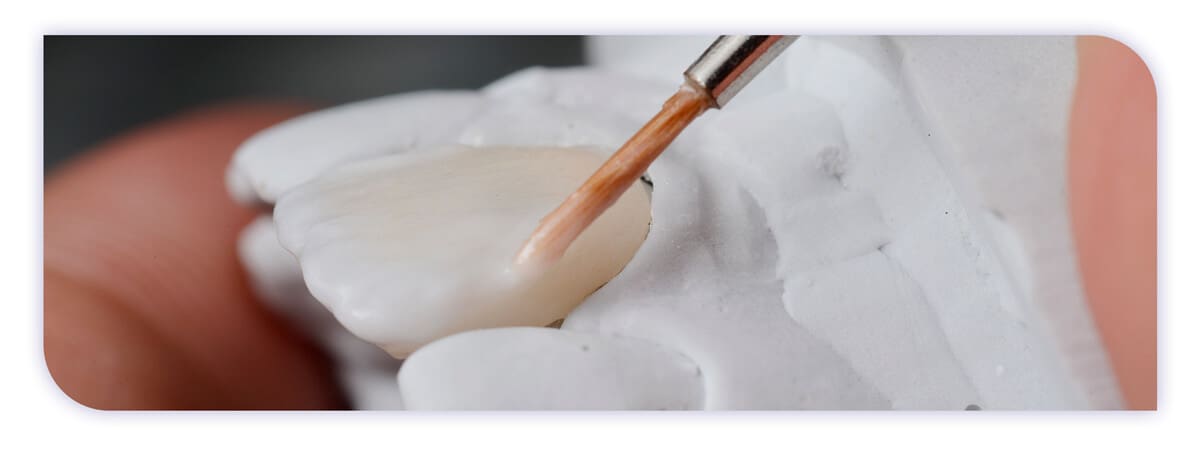Dental Composite Bonding Explained
You may have heard of dental composite bonding, but it’s also possible you’ve no idea what it is and what on earth it’s for — that’s what this post is about.
Many people have what they might consider imperfect teeth. They may be slightly crooked and at varying angles to each other, and they might have gaps between the teeth. Due to wear and minor accidents — such as chipping teeth on hard foods or breaking them by falling or being hit by something, or someone — we can often end up with teeth that don’t exactly complement our look.
Nature, however, didn’t intend for teeth to all be perfectly aligned and sparkling white like the first fall of snow. So it’s natural to have teeth that don’t exactly resemble those of celebrities you see on TV or in films (hint: they’ve most likely had a cosmetic dentistry procedure). But that doesn’t stop ordinary people from wanting to have perfect teeth. The good news is these days it’s possible to correct chipped and broken teeth, and also fill in gaps between them, quickly and easily — and relatively cheaply.
It’s done by using dental composite bonding.
What Is Composite Bonding?
So what is composite bonding? It’s a form of cosmetic dentistry concerned with minor repairs to teeth — as well as making them whiter, in cases where they’re badly discoloured. Apart from the main benefit of correcting teeth and gaps, so you have a great set of teeth and a beaming smile, dental composite bonding is also a non-invasive procedure. And depending on the amount of work to be done, it can usually be carried out in just one visit.
Composite bonding compares to other types of cosmetic dentistry, especially crowns and veneers. If either of these is fitted to correct teeth, part of the tooth must be filed down to make space for the prosthesis. Crowns and veneers can take longer, although it’s now possible to have them made and fitted in just a day (including here at The James Clinic). They also cost a lot more than dental composite bonding.
What’s the Dental Composite Bonding Procedure?
Your dentist will carefully examine your teeth and gums and first see if you are a suitable candidate for dental composite bonding. The teeth you want fixing must only require minor correcting and you must be in good general health and not have any dental or other problems. If you get the go-ahead for dental composite bonding, your dentist will start preparing the resin they will use to fix the issues.
They will first want to make sure the resin matches the colour of your existing teeth, so it doesn’t look strange and out of place. They will then slightly roughen the surface of the tooth or teeth being treated, and apply the resin, bonding it to the tooth with a liquid. Then it’s a matter of shaping it, so the resin does what’s intended — covering over gaps, lengthening short teeth or fixing chips and cracks. A UV light is then shone onto the resin, making it hard and allowing you to eat foods as normal.
It’s as straightforward and simple as that. After dental composite bonding is applied to your teeth, take care to avoid foods and drinks that can stain — such as tea and coffee — for a couple of days. After that, just look after your teeth and bonding in the usual way, practising good oral care and having regular, six-monthly dental check-ups, to make sure everything is fine with your great new smile.
Have chips, cracks or gaps in your teeth and would like them corrected? You may be a candidate for dental composite bonding. Make an appointment with The James Clinic today and find out.
